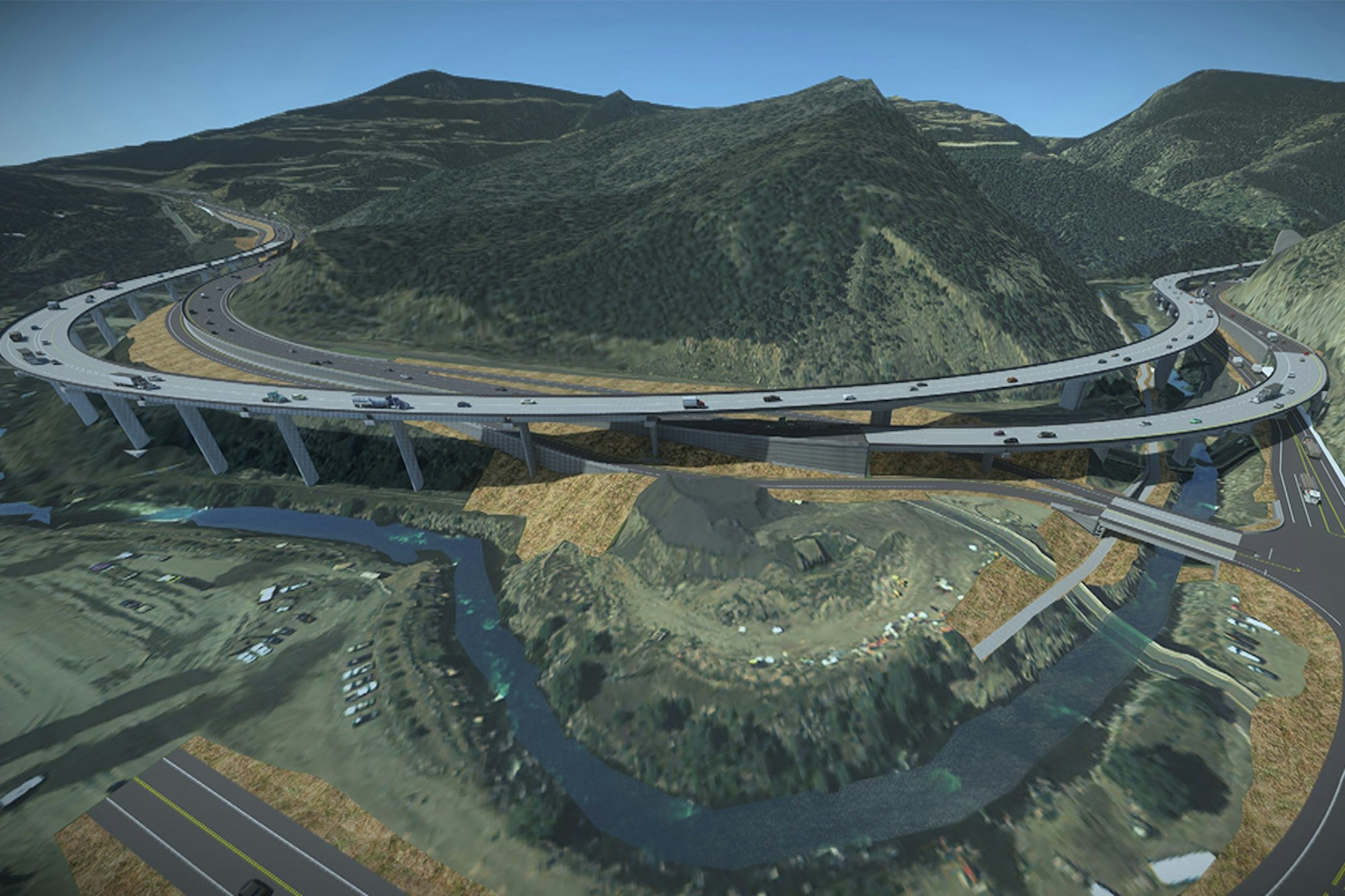Featured Image: Courtesy of CDOT
I-70 ski traffic is an issue in Colorado. You know it, I know it, your mom knows it. Colorado Department of Transportation (CDOT) knows it too. That’s why they’ve started an exciting project that breaks ground this summer—an improvement for one of the worst spots on the road to good skiing—Floyd Hill. The expansion from Evergreen to Idaho Springs will eliminate the bottleneck effect we’ve all experience when three lanes merge to two, by way of an additional express lane. That’s not all CDOT has in store for this project. Bridges will be rebuilt and on ramps extended. You’ll be able to cruise turns at 55 mph once construction wraps in 2028.
So, how will construction affect our access to the best of Colorado skiing? Stacia Sellers, Strategic Communications Lead at CDOT, answers the questions hot on our minds.
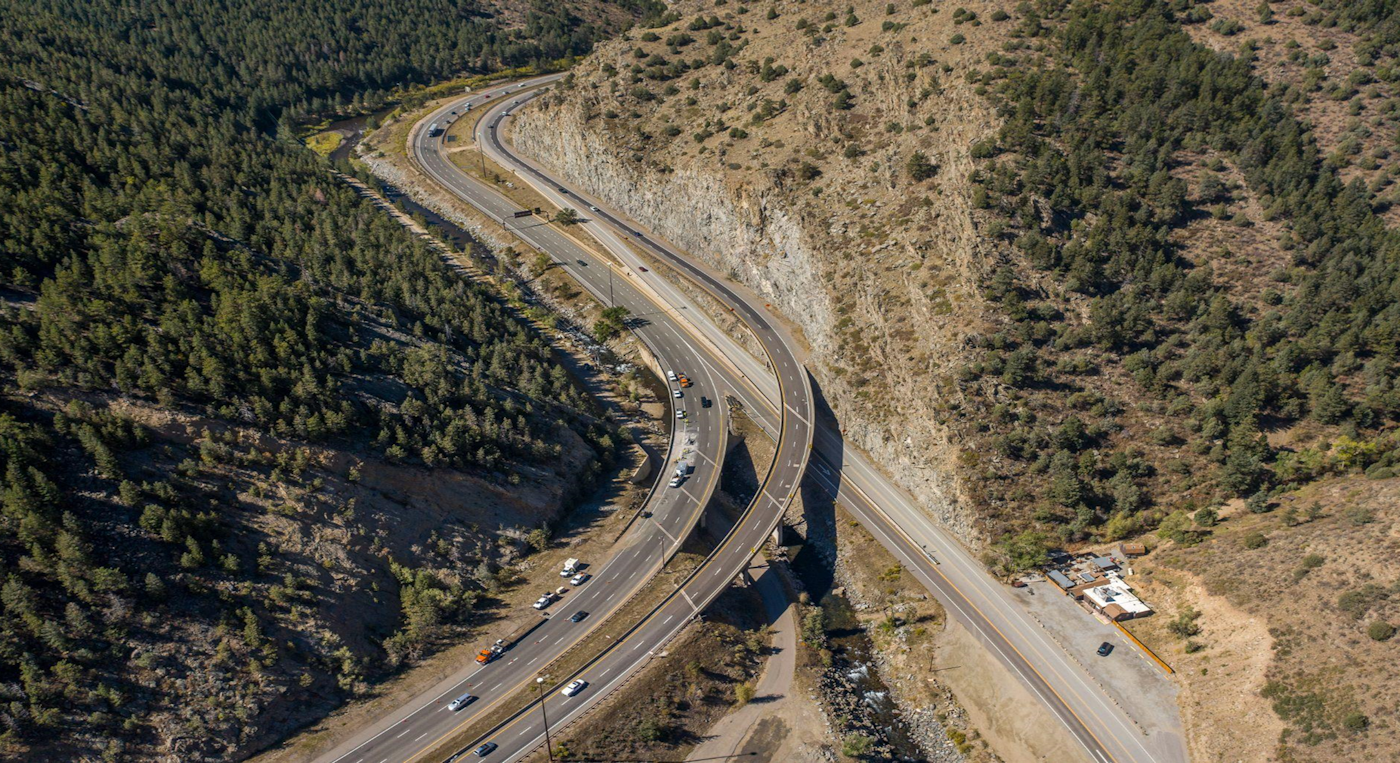

Before | PHOTO: Courtesy of CDOT
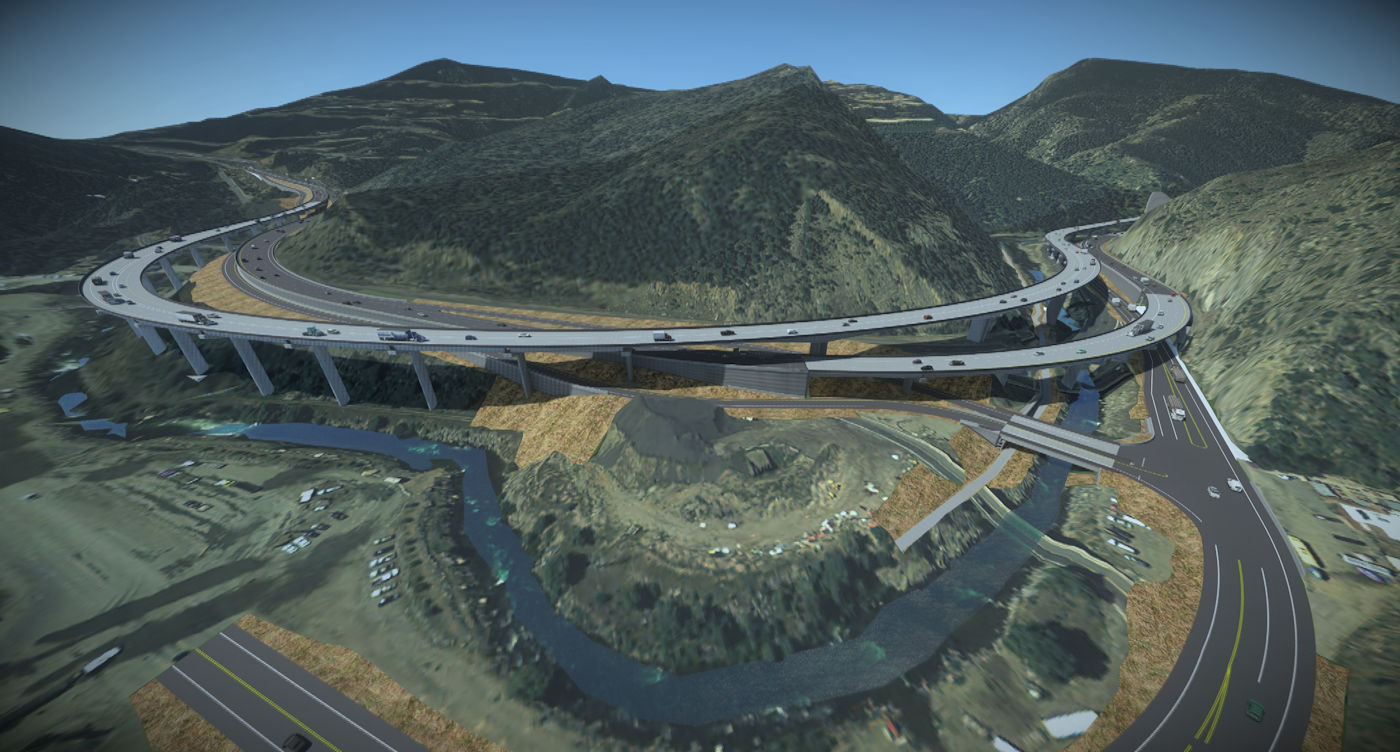
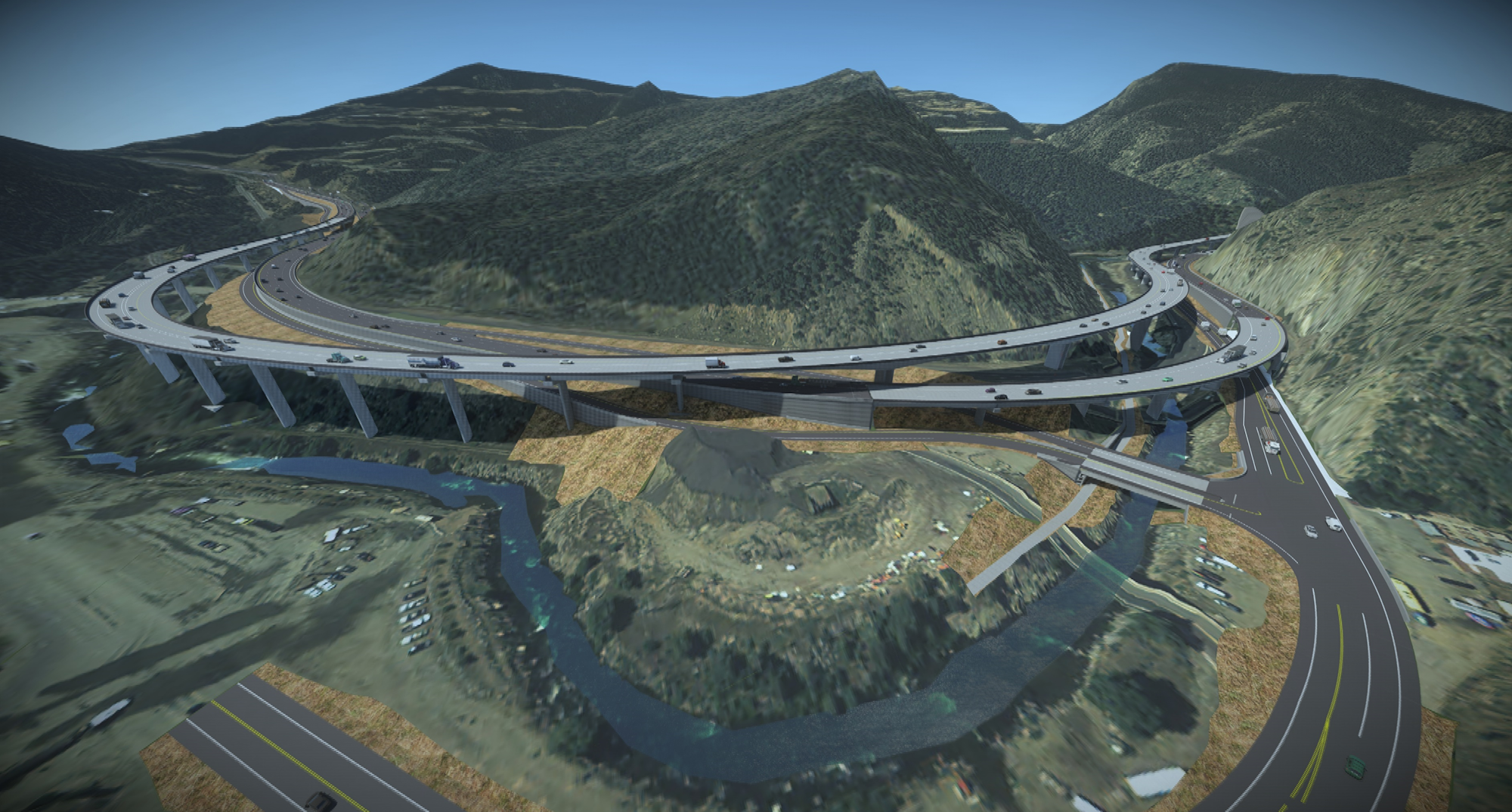
After | PHOTO: Courtesy of CDOT
Did the influx of ski traffic over the last 5 years play a big role in CDOT’s decision to tackle this expansion?
Yes, this was a major area of concern that needed to be addressed as congestion has an impact not only on safety but the economy since this is a heavy east-west freight corridor. Traffic volumes and congestion throughout the I-70 Mountain Corridor, including the Floyd Hill area, follow unique seasonal and weekly patterns. They reflect weekend summer and winter recreation and tourism travel as visitors originating from the Denver metropolitan area seek to access recreational destinations along the I-70 Mountain Corridor. Summer season weekends (June – September) generate the highest daily traffic volumes, and winter
season weekends (December – March) generate slightly lower daily traffic volumes. Although. winter creates longer travel times due to more consolidated peak periods of congestion and poorer weather conditions.
Can you break down the different needs for this project?
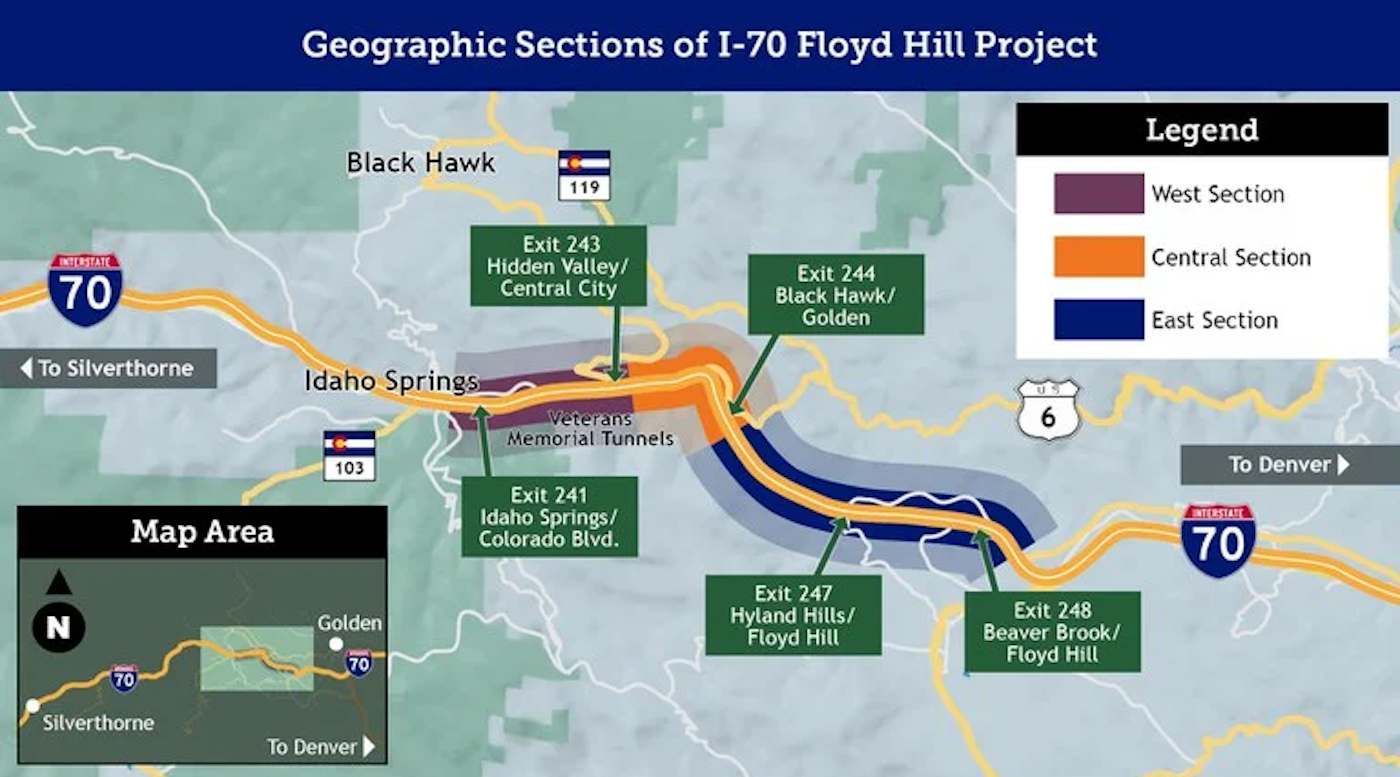
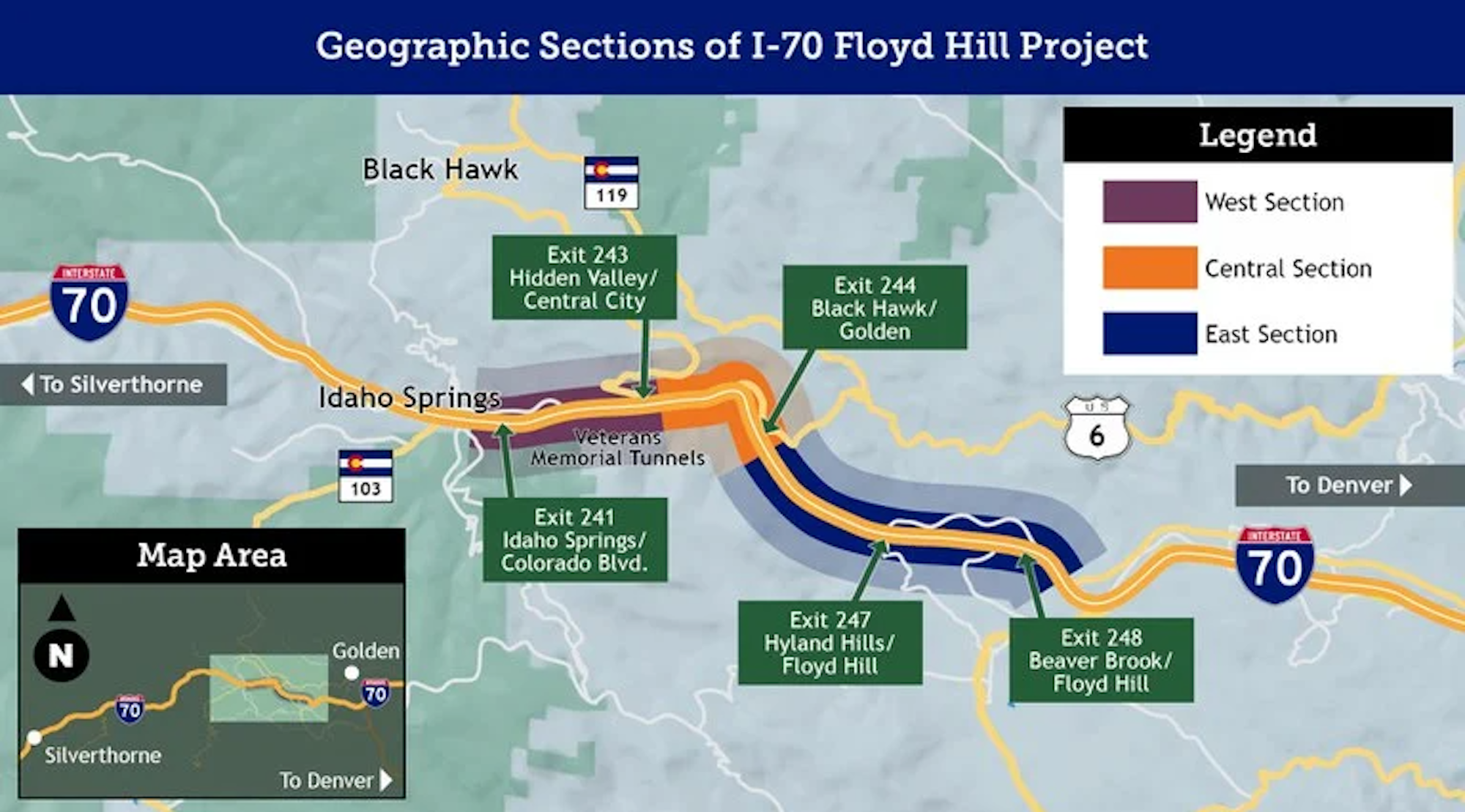
PHOTO: Courtesy of CDOT
Once complete, how much of an effect do you see this expansion having on traffic delays at Floyd Hill?
We anticipate that congestion will improve not only because of the addition of the Express Lane but also because of the improved geometry through the corridor. The tight curves and current design speed at the bottom of Floyd Hill create a severe bottleneck and are the primary source of congestion. Once the curve is flattened out and the design speed is improved, traffic will flow better and will help motorists avoid sudden braking as they navigate the curves. In addition, Express Lanes have proven to provide trip-time reliability.
There will be an improvement to the flow of traffic in the two free general-purpose lanes along the corridor as well since there will be more vehicles using the Express Lanes.
Tell us about the plan for 20-minute holds for traffic while blasts clear additional space in the mountain. When will these begin?
Rock Scaling Traffic Impacts Crews will conduct rock scaling operations, which is the process of removing loose and unstable material from the rock blasting area, beginning the week of July 24. Rock scaling operations will last approximately two weeks and will occur up to four times daily, Monday through Thursday, from 9 a.m. to 3 p.m. during off-peak travel times. Motorists can expect traffic holds up to 20 minutes long and delays up to 45 minutes as the traffic queues clear.
Starting in August, rock blasting will occur once per day and up to two times per week, Monday through Thursday, from 9 a.m. to 3 p.m., and Fridays, from 9 a.m. to noon. There will be an estimated 30 blasts in the East Section of the Project through early 2024. A series of airhorn blasts will precede each detonation to warn people in the area. Text alerts will be sent out prior to rock blasting operations (and on a more frequent basis for residents within 1,000 feet of the blasting zone).
For information on the blasting schedule, you can call our hotline (720-994-2368) and listen to the daily blasting schedule. There will not be a traffic detour in place during rock scaling or blasting. The Project asks travelers to plan trips around the blasting schedule. If you have to travel during blasting operations, you should expect to be stopped for 20 minutes while blasting occurs.
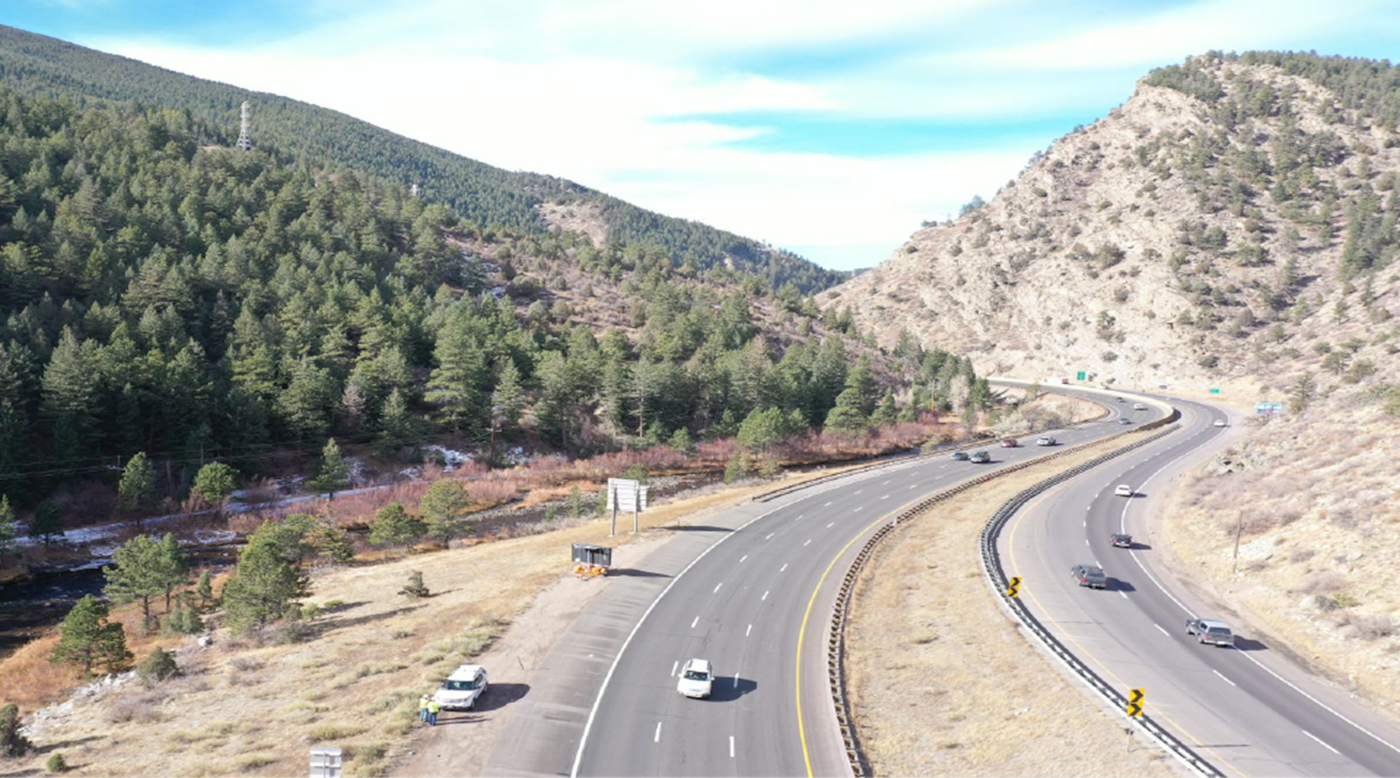
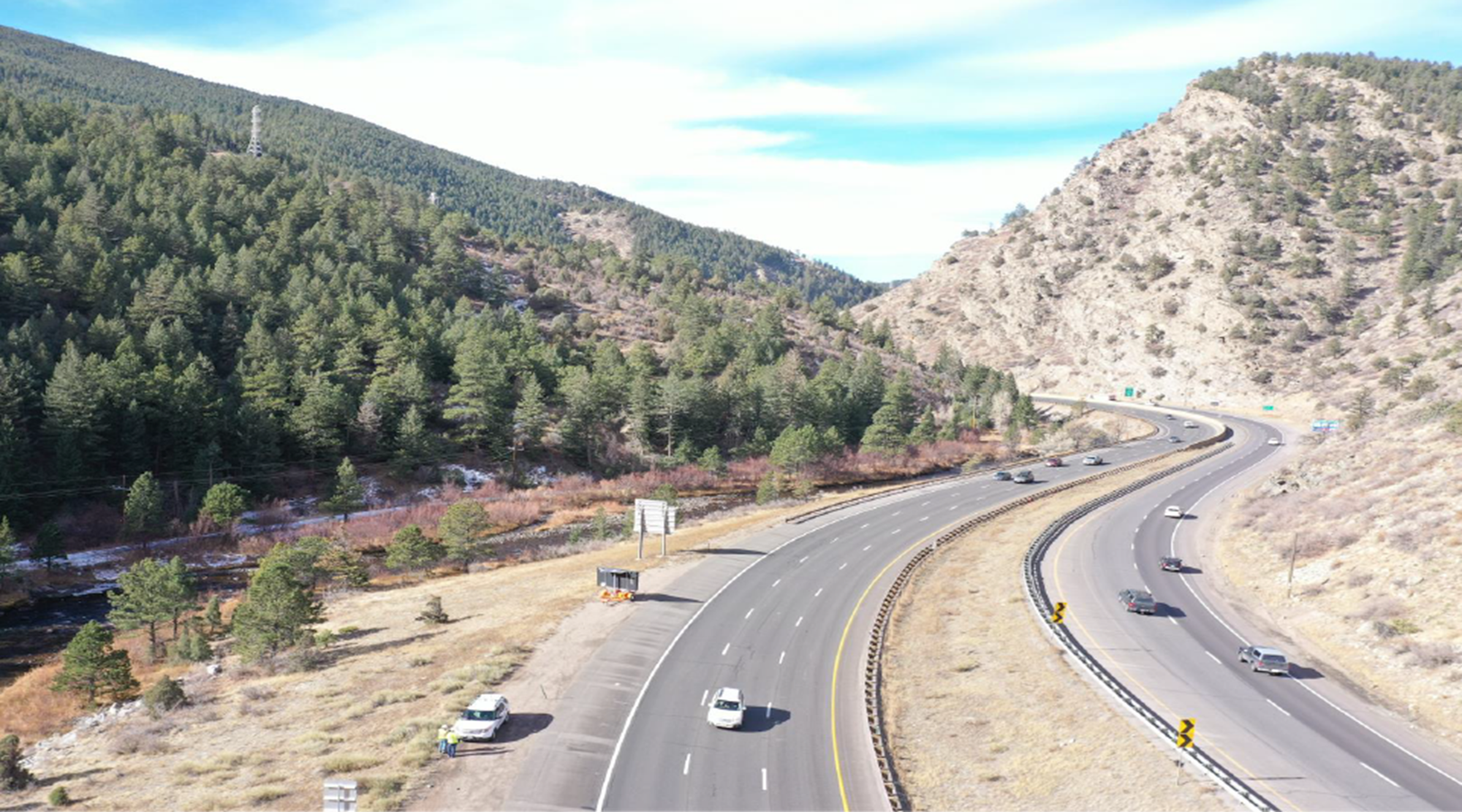
Before | PHOTO: Courtesy of CDOT
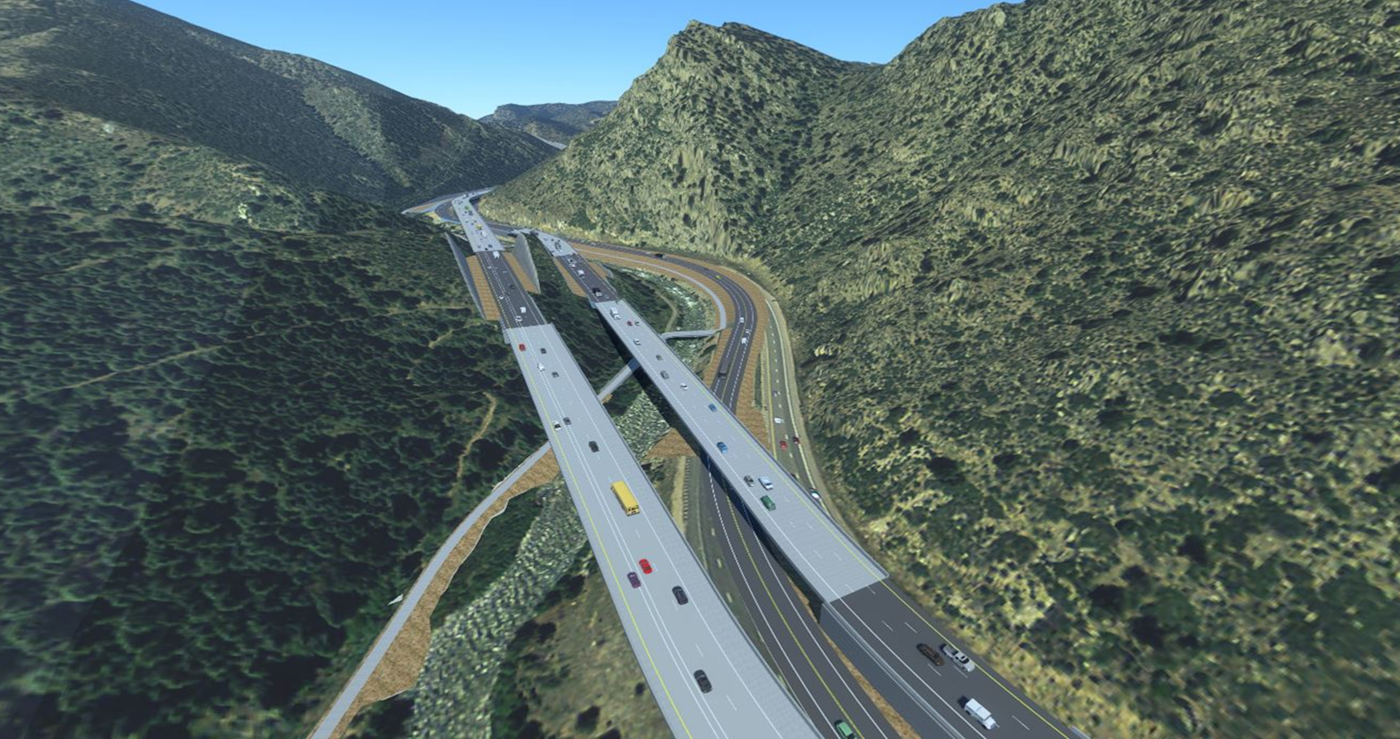
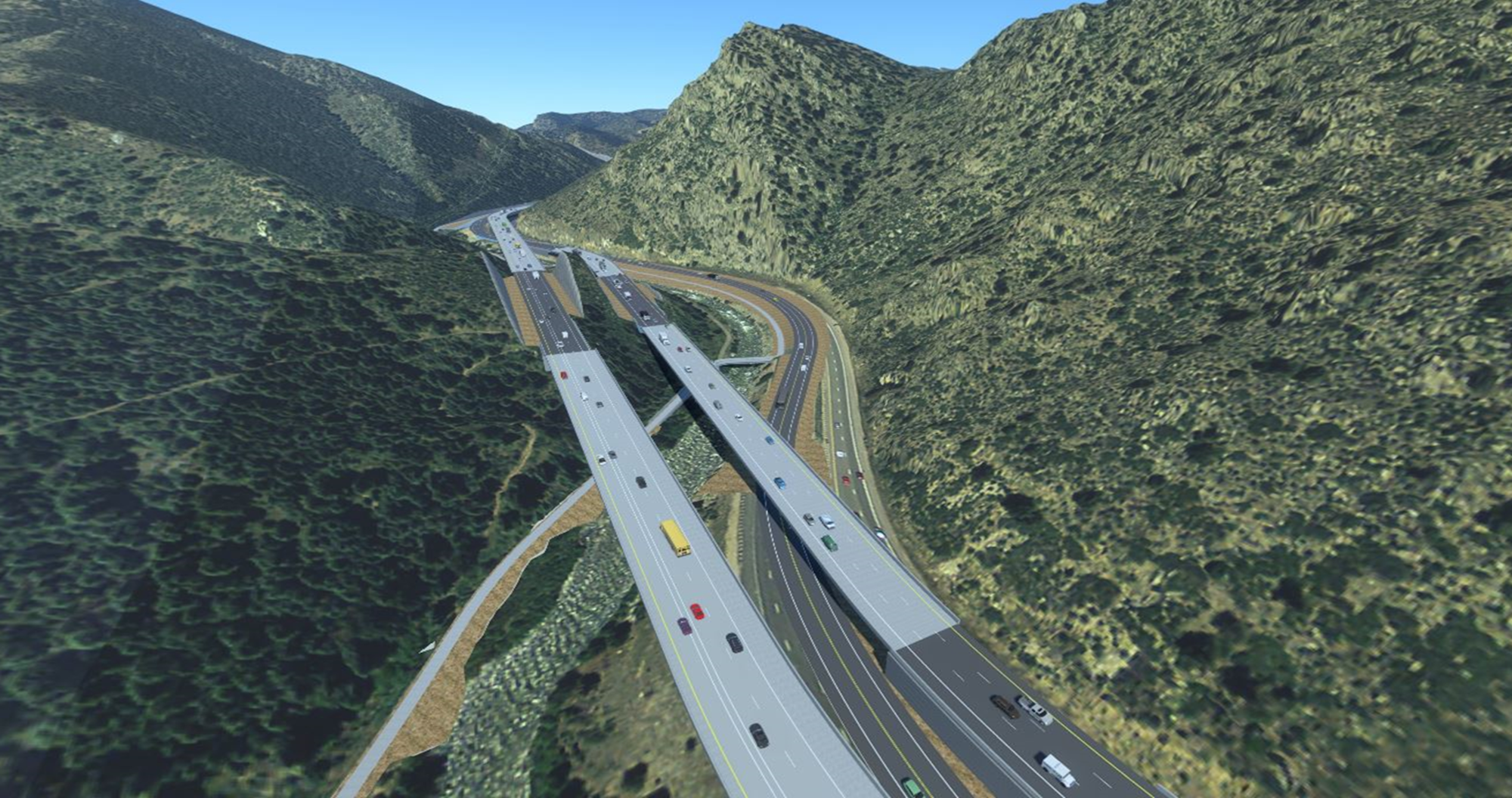
After | PHOTO: Courtesy of CDOT
What traffic impact can motorists expect during the several ski seasons under construction?
CDOT and its contractor, Kraemer North America, are committed to keeping traffic moving during peak travel times. We will be implementing innovative approaches as we work to construct the new I-70 alignment that will eliminate major impacts for motorists. We are scheduling our more impactful construction activities that need to occur during daytime hours, such as rock scaling and blasting, for days when traffic is historically lighter and won’t cause extreme impacts. We will be communicating with other projects surrounding the I-70 Floyd Hill project to ensure that our activities will not create further impacts to motorists and
we will monitor for major events that may bring more traffic along the I-70 Mountain Corridor during the non-peak hours.

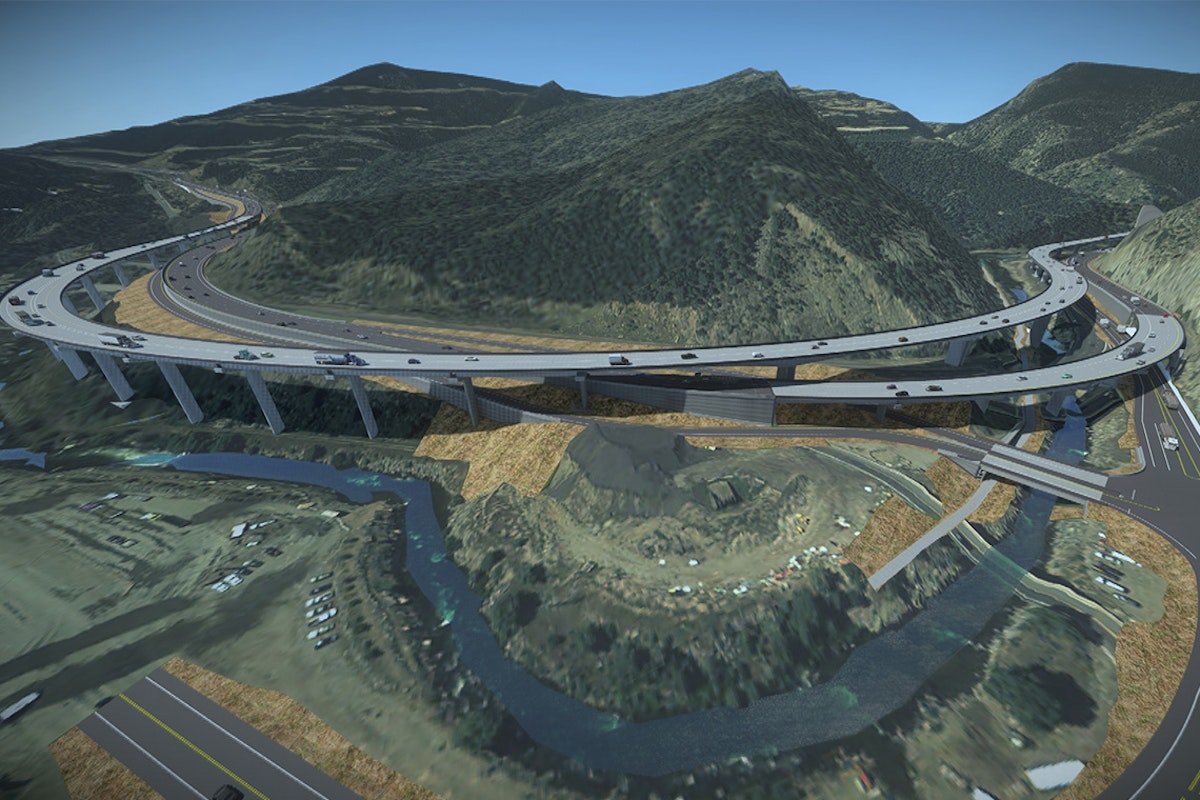

![[GIVEAWAY] Win a Head-to-Toe Ski Setup from IFSA](https://www.datocms-assets.com/163516/1765920344-ifsa.jpg?w=200&h=200&fit=crop)


![[GIVEAWAY] Win a Legendary Ski Trip with Icelantic's Road to the Rocks](https://www.datocms-assets.com/163516/1765233064-r2r26_freeskier_leaderboard1.jpg?auto=format&w=400&h=300&fit=crop&crop=faces,entropy)




![[GIVEAWAY] Win a Head-to-Toe Ski Setup from IFSA](https://www.datocms-assets.com/163516/1765920344-ifsa.jpg?auto=format&w=400&h=300&fit=crop&crop=faces,entropy)


